
- Homepage
- Brand
- Features
- Maker
- Material
- Product Line
- 401a (5)
- Ag893238 (7)
- Ah034403 (4)
- Ef776900 (5)
- G0244748 (9)
- Sewhandy (4)
- Singer (20)
- Singer 115 (4)
- Singer 128 (9)
- Singer 15 (6)
- Singer 15-91 (19)
- Singer 20 (5)
- Singer 201 (12)
- Singer 201-2 (10)
- Singer 221 (91)
- Singer 301 (15)
- Singer 328k (4)
- Singer 66 (48)
- Singer 99 (42)
- Singer K-20 (4)
- Other (2661)
- Type
1924 Singer Seeing Machine Model 99K-13 w Wooden Case Collectible Antique
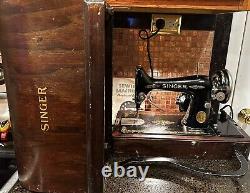

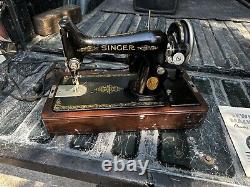
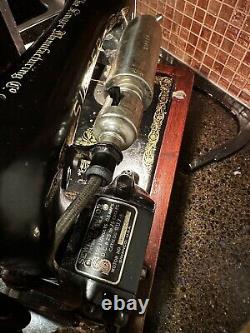
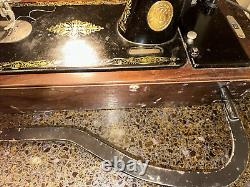



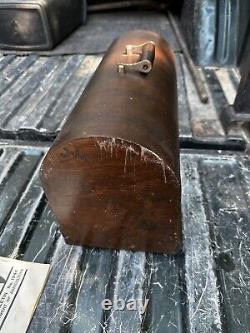

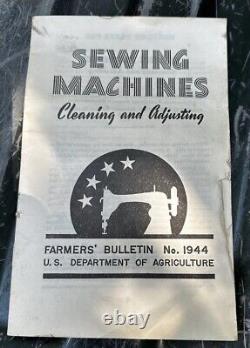
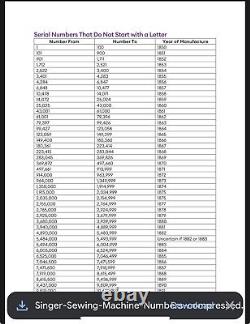


The Singer 99 was a sturdy and reliable machine that was easy to use. It became very popular with occasional home users because at 22lbs (10kg), it was more manageable than'full size' machines and it came in a storage case.
In 1921 the company introduced the option of a Singer electic motor making the 99K the first portable electric machine. The 99's are a 3/4 sized machine, basically a mini-version of the 66, and this model was one of the first sewing machines advertised to be totally portable. Although at about 25 lbs in the case, it's not quite as portable as a modern lightweight machine or even a featherweight. Since this is a "portable" machine, it has an ingenious way of storing all of the extras. Inside the wooden case is a space for the attachment box and a place for a metal bar shaped like a question mark.
The metal bar is a knee control, attaching to the front of the wooden base and taking the place of a foot control! It is a pretty cool way to sew, no chasing after a foot as it walks away from you on the floor.
The first model 99's produced were hand cranks, which could be converted to electricity by the bolting on of an electric motor with either a knee controller or foot controller. Later 99K's had factory fitted motors, with optional lights and foot controllers and smaller flywheels. The size of the flywheels changed over the decades, as did the motors and belts. Some models were fitted with knee instead of foot controllers, but these are not as popular.
The design of the bobbin winders was also changed towards the end of its production life; along with the changing of the face plate from the'Egyptian' scroll to the striated version in the mid 1950's. WITH WOODEN CASE COLLECTIBLE ANTIQUE. 1924- First year they used a motor to power their machine.
Light works as does included knee pedal and wooden box. Box lock missing but a screw driver turned, will open it. When knee is used there is a humming and indication that it is jammed in some way.
The wheel works, there is a needle and threading through the bobbin.

